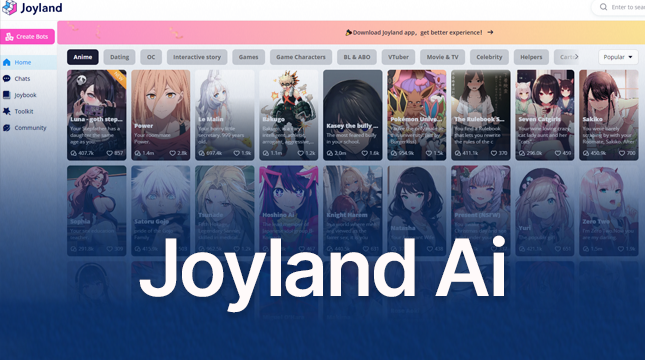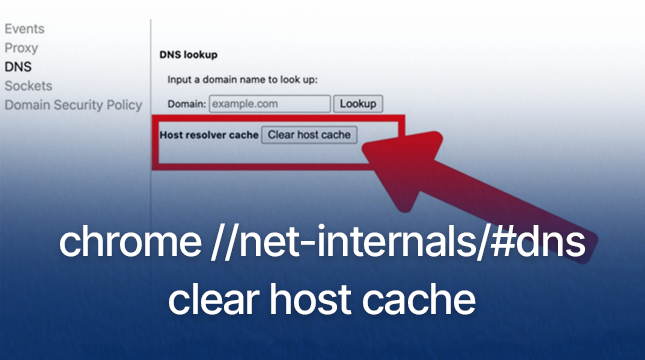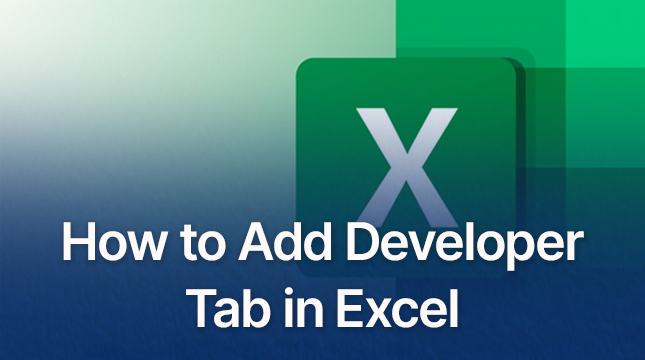This website uses cookies so that we can provide you with the best user experience possible. Cookie information is stored in your browser and performs functions such as recognising you when you return to our website and helping our team to understand which sections of the website you find most interesting and useful.
Backend Frameworks That Will Dominate In 2023
Web frameworks have become an essential tool for creating reliable and sophisticated web-based applications on both the front end and the back end. It establishes crucial online phases and promotes inventive complexity.
Frontend development and backend development are the two main categories of web development. Server-side code is created by programmers who work on the backend of web applications. While the user is being communicated with by the front-end component.
A strong back end must be linked with a strong front end in order to create an online application that functions well. The front end may or may not operate independently from the back end. The main conundrum for developers is deciding which framework to utilize for web development because each framework has advantages and disadvantages.
The function of a backend developer is distinct from a front-end developer’s. A backend developer is concerned with servers, databases, and how the two ends are connected and communicate with one another, whereas a frontend developer is focused on how the software will appear.
It might be challenging to pick a logical backend platform that offers the most amazing flexibility and execution because so many possibilities are available.
The Most Popular Backend Frameworks for Web Development in 2023
There are several backend frameworks to choose from, making it difficult to find the best one for your project.
To assist you in getting started, below is a list of 8 of the most notable web backend frameworks that you can look forward to in 2023. These are the most popular and recommended by developers all across the world.
1. Ruby on Rails
An MVC (model view control) based framework called Ruby on Rails is used for server-side app programming and web development. Contrary to previous frameworks, Rails uses the Ruby language to address issues without needing programmers to come up with new solutions.
For operations like creating forms, menus, and tables, Ruby on Rails provides premade code libraries.
- Cost-effective: Since rails is an open-source framework, less money is spent on its development and upkeep. Websites may also be swiftly modified. From the standpoint of a developer, it is also easy to utilize.
- Speed: Developers don’t have to spend time creating boilerplate code because it already includes plugins and modules that are ready to use.
- Simple Change Management: Ruby on Rails makes it easy to change existing code or add new features to the website. After your site is launched, it is easy and quick to make modifications or updates.
- Secure: The framework has security features that are by default turned on.
- Efficiency: To build web applications, Rails makes use of both front-end and back-end skills. When used in conjunction with outside libraries, it enables you to create features very quickly.
Agile development style and quick delivery periods are advantageous to rail-based businesses. Some of the few well-known companies that have adopted Ruby on Rails include GitHub, Airbnb, Zendesk, Shopify, Basecamp, Twitch, and Cookpad.
Ruby on Rails developers are in high demand, and their high salaries indicate that employers are willing to invest in their skills.
2. Node.js
Node.js offers an open-source framework built on a JavaScript environment for running web applications outside of the client’s browser. I/O-demanding web applications, including simple page programs and video streaming websites, are made with it.
Because it is an asynchronous, event-driven architecture, it is chosen for data-intensive programs and is employed by big, well-known companies.
Nodejs Fast’s features include: Node.Js is quite quick. This library’s V8 javascript engine, which is incorporated into Google Chrome, makes it incredibly quick to execute code.
- NPM: Node package management contains almost 50000 bundles for developers, making it simple to import any feature needed for an application.
- Data-intensive: The node js library’s APIs are all asynchronous, or non-blocking. It implies that the Node.js- based server never awaits the data return from an API. It is therefore ideal for real-time web applications that require a lot of data.
- Better synchronization: Nodejs significantly shorten the uploading time for audio and video assets. This occurs as a result of improved code synchronization between the server and client using the same code base.
The advantages listed above support the node js platform’s popularity and explain why so many businesses and organizations are currently utilizing it. Some of the most well-known Nodejs users are Godaddy, IBM, Linkedin, Netflix, and Paypal.
Numerous developers utilize Node.js since it is open-source and totally free. It is a better option than other server-side technologies like Java or PHP since it offers a number of benefits.
3. .NET
. Net is a free, open-source, cross-platform programming framework that can be used to create a wide variety of applications. Windows, Linux, and Mac OS are all supported by the cross-platform internet.
Multiple languages, editors, and libraries can be used with .Net to create web, mobile, game, and IoT applications. .Net apps can be created using C#, F#, or visual basic. Code written in any of these three languages will execute directly on any OS.
Whether you’re trying to recruit a NET developer, you should find out if they have experience with C# and F#, as this will simplify the development process.
- Platform independence: .NET may be used to construct any sort of application on just about any platform. Android, iOS, Windows, and other mobile operating systems are all compatible with mobile apps created with .NET.
- Performance improvement: .NET provides a responsive output because of its quick speed, just-in-time compilation, and improved performance. A superb adaptable method and a fantastic dynamic user experience may gratify you.
- Outstanding User Interface: Pick an IDE (Integrated Development Environment) that is effective and lively while designing apps. You may create an interesting application with its top-notch UI features and MVC (Model-View-Controller) architecture.
- Object-Oriented: .NET is based on an Object-Oriented Programming Module, which is object-oriented. OOP is a method of software development that entails segmenting large programs into smaller, more manageable chunks.
4. ExpressJS
Express is a Node.js framework created for quickly and efficiently creating cross-platform mobile apps, APIs, and web applications. It is lightweight, quick, and high performing. As a server-side scripting language, it is frequently used.
ExpressJS makes working with NodeJS simpler because it offers a variety of tools for creating both web and mobile applications. Applications that are single-page, multi-page, or hybrid can be created using it.
Express is fairly simple to understand for those who are familiar with Javascript because it is developed in that language. Express is Node Js’s most widely used framework as of right now. ExpressJS is used by organizations including GoDaddy, Walmart, Storylines, and Flickr.
- Swiftly scale your application: Node.JS supports ExpressJs, allowing you to effortlessly scale your application by adding nodes and resources.
- Request processing: On a single website, Express.js is handling several get requests. enables you to construct a variety of application routes based on HTTP methods and URLs.
- Excellent performance: One of Express’ most remarkable benefits is its ability to build fast web apps, which enhances user experience.
- Rapid development: Using frameworks facilitates and increases flexibility in development. When using a modern framework like Express, you are not needed to write entirely new code for any feature you wish to implement.
Conclusion,
Back-end developers are moving to the front of the top career possibilities as demand for digital transformation, online marketing, and social media networking increases. You can produce effortlessly with the assistance of premier back-end development company Netizens Technologies.

Let's Start Your Project
Get free consultation for your digital product idea to turn it into reality!
Get Started






